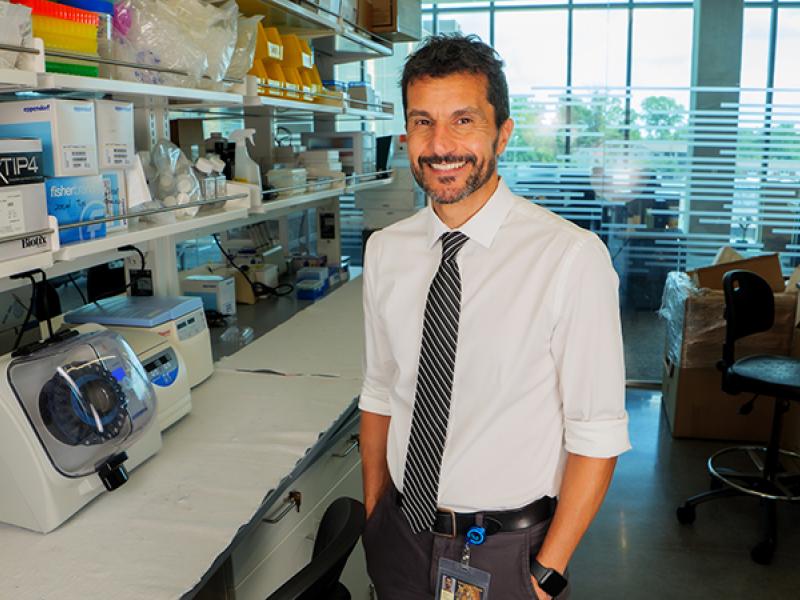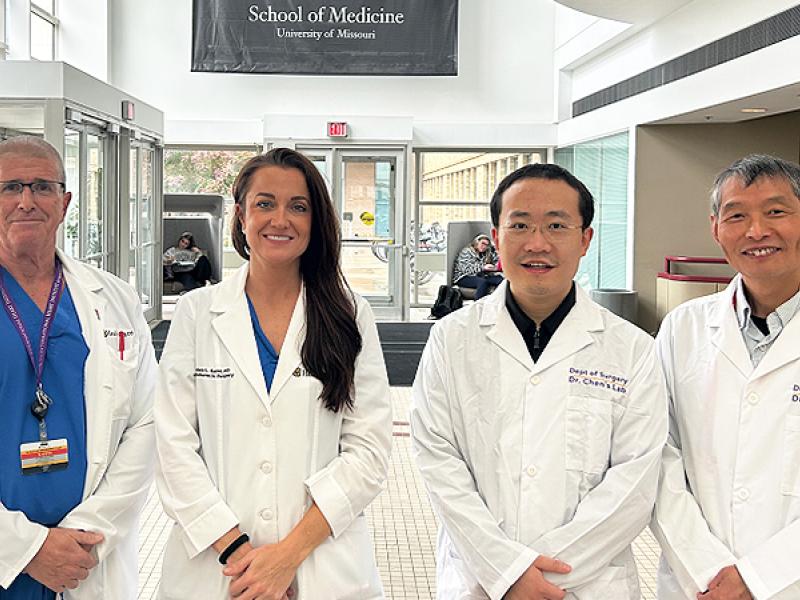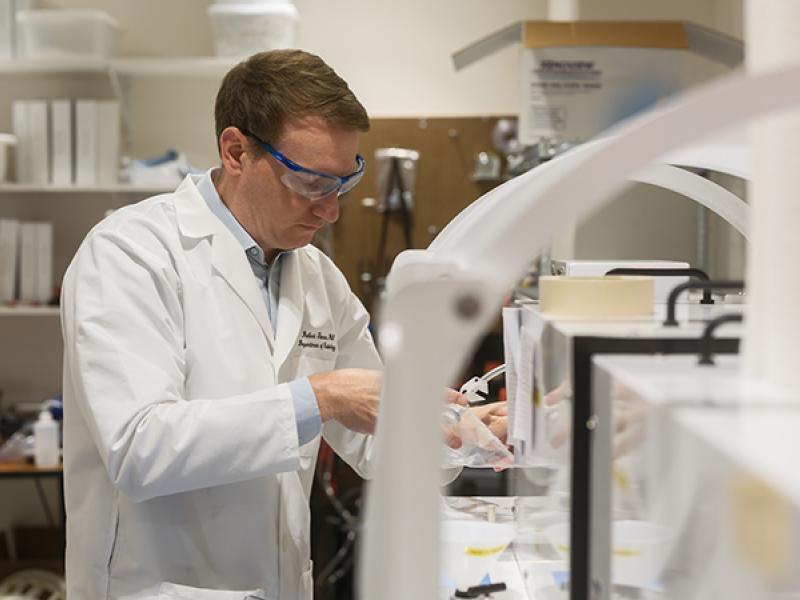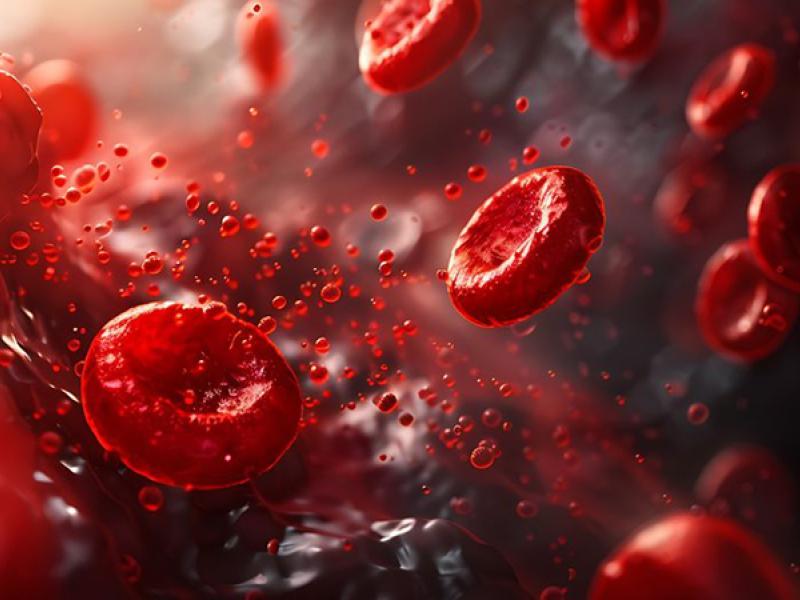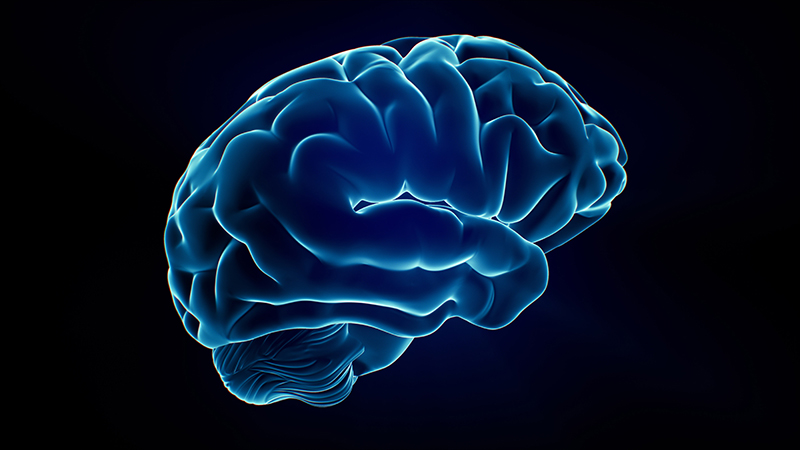
A group of physicians and faculty at the University of Missouri have published “Neuromuscular Urgencies and Emergencies,” the first reference book to help health care providers in identifying and treating neuromuscular disorders (NMD).
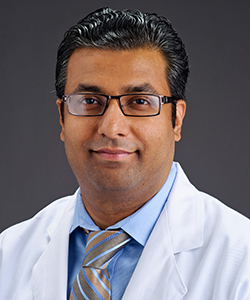
“I was trying to educate my residents, fellows and colleagues on how to manage NM emergencies, and I realized there is no resource out there that I can give them, nothing comprehensive that can be used as a quick reference,” said Raghav Govindarajan, MD, associate professor of neurology at the MU School of Medicine.
Govindarajan set out to create a reference book with the help of his colleagues, including Niraj Arora, MD, assistant professor of neurology.
“A book cannot save lives, but can inspire someone to do better,” Arora said.
The multi-departmental collaboration includes faculty in neurology; pulmonary, critical care and environmental medicine; and physical medicine and rehabilitation. Resident physicians also were involved in writing and editing the book.
“I was extremely impressed when Dr. Govindarajan gave me a copy of this outstanding new book. The information contained is important, well organized, well written and will help health care providers in the USA and beyond,” said Richard Barohn, MD, executive vice chancellor for health affairs and a neurologist who specializes in neuromuscular diseases himself. “Almost all of the authors of this multidisciplinary effort are here at the University of Missouri School of Medicine. This volume emphasizes how much medical talent we have at the University of Missouri School of Medicine and how much influence we can have in the global medical world.”
The book took two years to complete. It was published in September of 2020 and is available widely for purchase.
“I’m really lucky because I really have an excellent team here at Mizzou,” Govindarajan said. “The book is meant to be for anyone who might encounter neuromuscular emergencies, really anyone who treats those patients, not just MDs and DOs. We hope this is a useful resource.”


